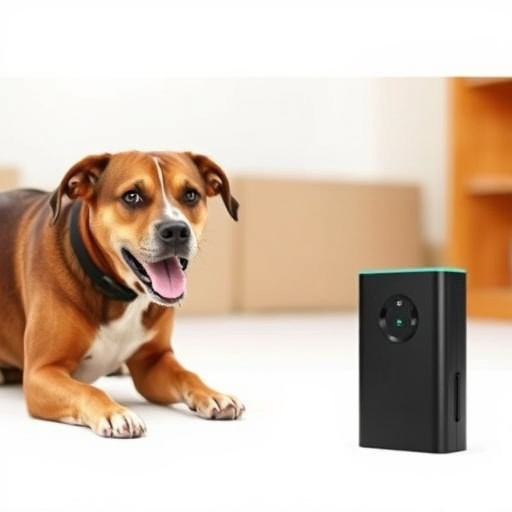Ultrasonic repellents (using 22-50 kHz safe ultrasonic frequencies) effectively keep dogs away from specific areas without harm, ideal for urban areas, property protection, and managing stray dog populations. Select devices with adjustable sensitivity settings, waterproof construction, and a range of ultrasonic tones to encourage responsible pet ownership and community harmony while prioritizing the well-being of both pets and humans.
“Discover the power of electronic animal repellents, a modern solution for keeping unwanted visitors at bay. This article explores the science behind ultrasonic repellents and their effectiveness in managing canine behavior without harm. We break down the essential features to look for in these devices, ensuring safety and efficacy. Learn how ultrasonic frequencies can be used responsibly for dog control, providing a peaceful and human-friendly approach to pest management.”
- Understanding Ultrasonic Repellents: How They Work and Safety Considerations
- Key Features to Look for in an Electronic Animal Repellent Device
- Effective Use Cases: Safe Implementation of Ultrasonic Frequencies for Dog Control
Understanding Ultrasonic Repellents: How They Work and Safety Considerations
Ultrasonic repellents have gained popularity as a non-lethal method to deter animals, particularly dogs, from specific areas. These devices emit high-frequency sound waves that are inaudible to humans but can be distressing to animals with sensitive hearing. Understanding how these repellents work is crucial when considering their use. The technology harnesses safe ultrasonic frequencies, typically ranging between 22-50 kHz, which are above the human audible range but within the sensitive hearing range of many animals, especially dogs.
When activated, ultrasonic repellents produce a consistent sound that covers a given area. Dogs, being highly reactive to such sounds, will often avoid the treated zone due to the discomfort caused by the high-frequency vibrations. However, it’s essential to ensure the safety and well-being of both pets and humans around these devices. The key lies in selecting repellents designed with specific frequency ranges that are effective yet harmless to humans, ensuring a safe environment for everyone involved.
Key Features to Look for in an Electronic Animal Repellent Device
When choosing an electronic animal repellent device, several key features determine its effectiveness and safety. One of the most important aspects is the use of safe ultrasonic frequencies specifically designed for dog control. These high-frequency sound waves are inaudible to humans but can deter dogs effectively without causing harm. Look for devices that emit a range of ultrasonic tones, as different dogs may respond better to varying pitches.
Additionally, consider features like adjustable sensitivity settings and range options. A good repellent should allow you to customize the device’s output based on the size of the area and the type of animals you want to keep away. Waterproof construction is another valuable asset, ensuring longevity and performance in various outdoor environments.
Effective Use Cases: Safe Implementation of Ultrasonic Frequencies for Dog Control
Electronic animal repellents, especially those employing safe ultrasonic frequencies, have proven effective in controlling dog behavior. These devices emit high-frequency sound waves that are unpleasant to dogs, encouraging them to avoid specific areas without causing harm or distress. This method is particularly useful for managing stray dog populations in urban settings, keeping pets from entering unwanted spaces like gardens or farms, and preventing aggressive interactions between dogs.
The safe implementation of ultrasonic frequencies ensures that only dogs, with their more sensitive hearing, are affected. This makes them ideal tools for responsible pet ownership and community management. By using these repellents strategically, homeowners can protect their property without compromising the welfare of nearby animals or disrupting the peace of the neighborhood.
Electronic animal repellents, particularly those utilizing ultrasonic frequencies, offer a safe and effective solution for dog control. By understanding how these devices work and considering key features like frequency range, coverage area, and human-animal safety, users can implement them successfully. Safe ultrasonic frequencies for dog control have proven to be a game-changer in managing canine behavior without causing harm. When used responsibly, these repellents can create a harmonious environment where both pets and humans thrive.
